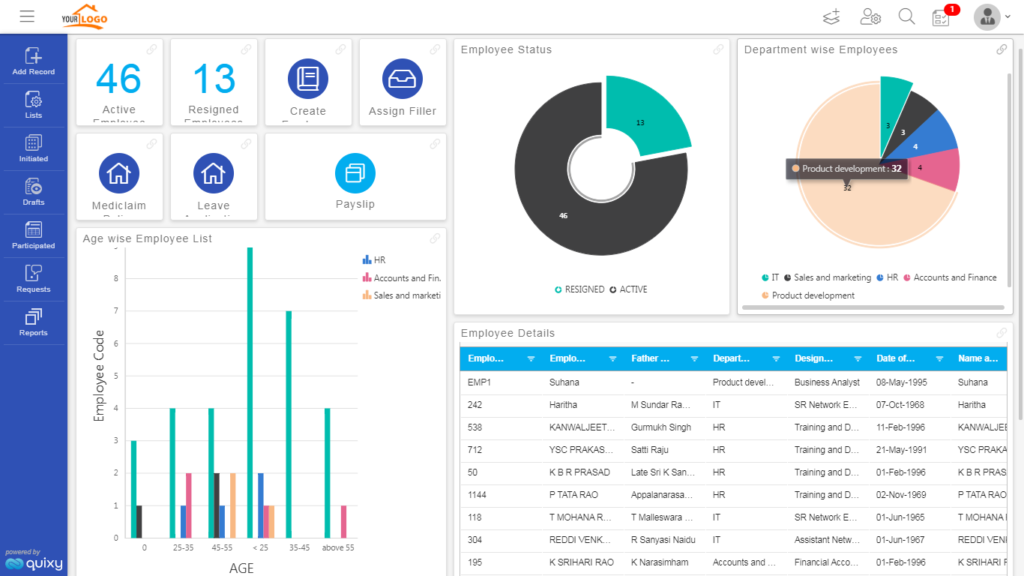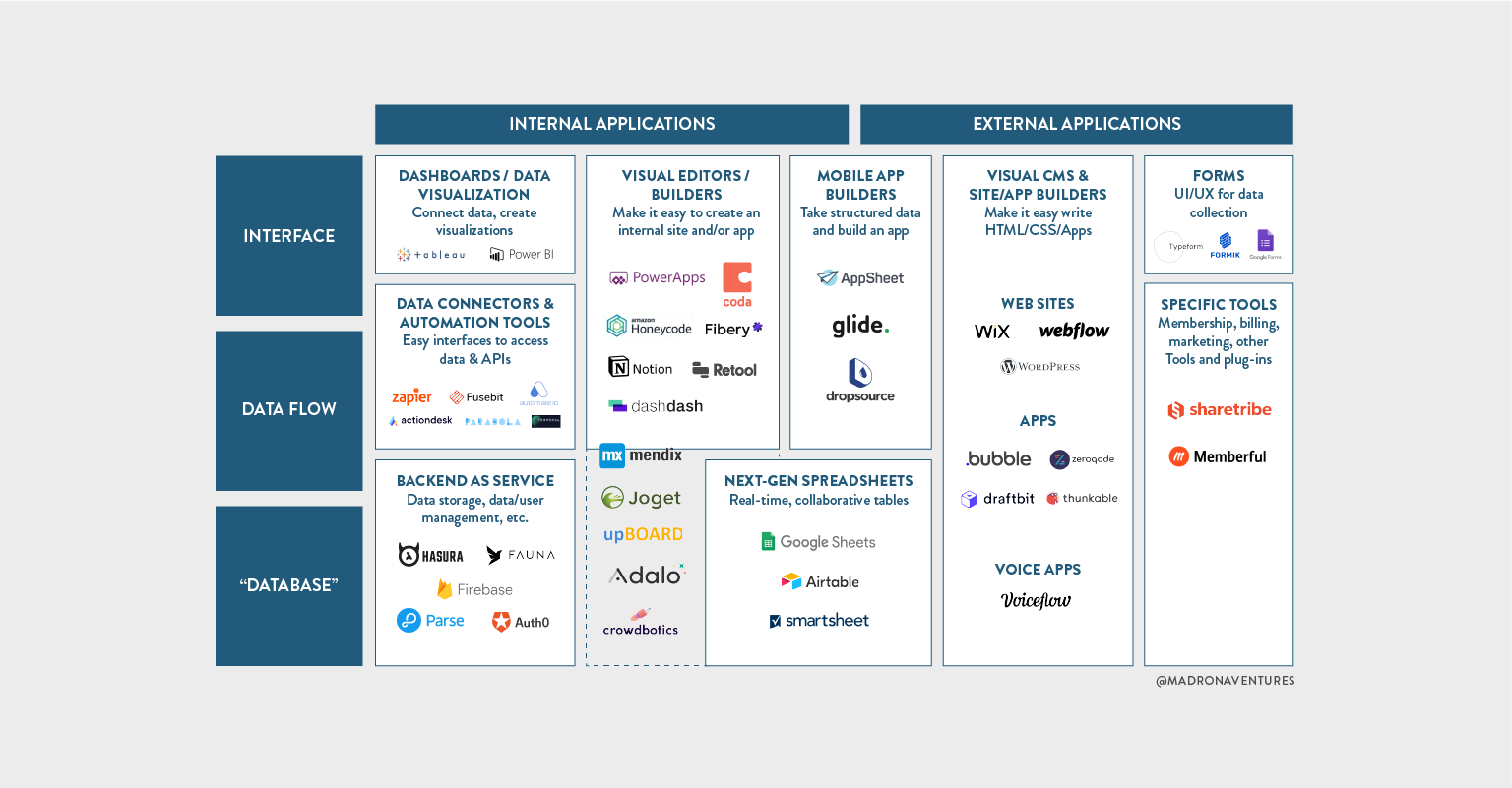A Comprehensive Guide to Applying Scalable Databases Without the Demand for Coding Proficiency
In the contemporary landscape of information administration, the capability to implement scalable data sources without coding proficiency is becoming significantly necessary for organizations of all sizes. What are the important aspects that can truly encourage these users to take advantage of scalable databases successfully?
Comprehending Scalable Data Sources
In the realm of modern-day data monitoring, scalable databases have actually arised as an important service for companies seeking to take care of boosting volumes of info efficiently. These data sources are developed to accommodate development by enabling the seamless enhancement of resources, whether through horizontal scaling (adding extra machines) or upright scaling (updating existing equipments) This versatility is necessary in today's fast-paced electronic landscape, where data is produced at an extraordinary rate.
Scalable data sources commonly use dispersed designs, which enable information to be spread across numerous nodes. This circulation not just improves performance but additionally offers redundancy, making certain data schedule also in case of equipment failures. Scalability can be an essential aspect for different applications, including shopping systems, social networks networks, and large data analytics, where user need can vary dramatically.
Moreover, scalable databases commonly feature robust data consistency versions that balance performance and dependability. Organizations must consider their certain requirements, such as read and compose rates, data stability, and mistake tolerance when choosing a scalable database option. Eventually, recognizing the underlying concepts of scalable databases is crucial for services aiming to grow in a progressively data-driven globe.
Key Features to Seek
When evaluating scalable databases, numerous essential features are paramount to making certain optimal performance and reliability. Think about the architecture of the database. A dispersed design can enhance scalability by permitting information to be kept across numerous nodes, promoting seamless data accessibility and handling as demand rises.
An additional important function is data dividing, which makes it possible for effective management of large datasets by separating them right into smaller, much more manageable items (no-code). This method not just enhances performance yet likewise simplifies source allotment
Additionally, try to find robust duplication capabilities. This feature makes sure data redundancy and high schedule, decreasing downtime during upkeep or unforeseen failures.
Efficiency monitoring devices are also vital, as they supply real-time understandings into system wellness and functional efficiency, permitting prompt changes to keep ideal performance.

User-Friendly Database Equipment
Simpleness is a vital element in the layout of user-friendly database tools, as it improves access for users with varying levels of technological know-how. no-code. These devices focus on instinctive user interfaces, enabling customers to develop, handle, and question databases without requiring considerable shows understanding
Trick attributes typically consist of drag-and-drop functionality, aesthetic data modeling, and pre-built themes that improve the arrangement process. Such tools commonly provide led tutorials or onboarding processes that promote user involvement and decrease the discovering curve. Furthermore, smooth integration with preferred information sources and solutions ensures that individuals can easily import and export data, better simplifying procedures.

Moreover, durable support and community sources, such as online forums and documentation, boost the individual experience by offering assistance when required. On the whole, easy to use database tools encourage companies to harness the power of scalable databases, making information administration accessible to everyone involved.
Step-by-Step Execution Guide
Just how can organizations effectively carry out scalable databases to meet their expanding data demands? The procedure begins with recognizing certain data requirements, including the quantity, variety, and rate of information that will be refined. Next off, organizations should assess user-friendly data source devices that use scalability functions, such as cloud-based services or managed data source services.
As soon as the best device is chosen, the next step includes configuring the database atmosphere. This includes establishing up circumstances, defining individual approvals, and developing data structures that line up with business goals. Organizations needs to then migrate existing data into the brand-new system, ensuring data stability and very little disturbance to procedures.
Post-migration, conducting complete screening is over here important; this includes performance testing weblink under different tons problems to make sure the system can take care of future development - no-code. Additionally, it is essential to train personnel on the data source administration user interface to promote seamless usage
Best Practices for Administration
Efficient administration of scalable databases needs a critical approach that prioritizes continuous tracking and optimization. To accomplish this, companies must carry out robust surveillance devices that give real-time insights into database performance metrics, such as inquiry action times, source utilization, and transaction throughput. On a regular basis examining these metrics can aid identify bottlenecks and areas for improvement.

Routine back-ups and catastrophe healing strategies are necessary to guard data stability and availability. Developing a routine for checking these backups will ensure a trustworthy recovery procedure in instance of an unexpected failing.
In addition, efficiency tuning ought to be a continuous procedure. Changing indexing techniques, enhancing inquiries, and scaling resourcesâEUR" whether up and down or horizontallyâEUR" will assist preserve ideal efficiency as usage demands evolve.
Last but not least, fostering a society of knowledge sharing among staff member will certainly make it possible for continual learning and adaptation, making certain that the monitoring of scalable databases continues to be reliable and effective gradually.
Conclusion
Finally, the execution of scalable databases can be successfully achieved without coding experience through the use of user-friendly user interfaces and straightforward devices. By adhering to the described methods for arrangement, information movement, and efficiency screening, people can browse the complexities of database management easily. Highlighting finest practices for ongoing maintenance and collaboration further enhances the ability to handle scalable databases effectively in a quickly progressing data-driven atmosphere.
In the modern landscape of information administration, the capability to carry out scalable data sources without coding expertise is becoming increasingly important for organizations of all sizes.In the realm of modern information monitoring, scalable data sources have actually hop over to these guys arised as a crucial solution for companies looking for to take care of raising quantities of details successfully.In addition, scalable data sources usually include durable information uniformity designs that balance performance and reliability.Exactly how can organizations efficiently implement scalable databases to satisfy their growing data needs? Next off, companies ought to examine straightforward data source tools that provide scalability features, such as cloud-based remedies or took care of database services.